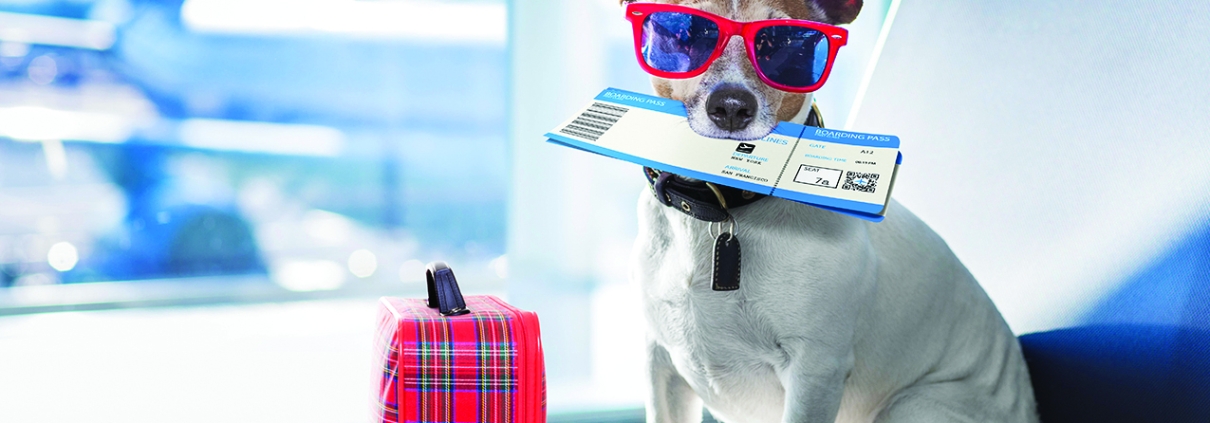Tips and Tricks to Traveling With Pets
After years living under the cloud of a pandemic that limited where they could travel, many people have a strong desire to head off for parts unknown. As individuals and families ponder business trips or vacations, they may think about bringing a beloved pet along. According to a AAA/Best Western survey, 85 percent of dog owners travel with their dogs. The most popular vacations to let pooches tag along include going to the beach, camping and hiking. As a greater number of people are engaging in more activities with their pets, businesses in the travel and hospitality sector are taking notice and have become more accommodating to four-legged guests.
However, there’s still plenty to learn when taking a dog along as a travel companion. Explore these dog travel tips.
• Invest in a crate. Even if the dog does not need a crate at home, it’s best to have one for travel. Crates often are required for airline travel and can keep dogs safer in cars. Many hotels also require that dogs be crated in the rooms to keep them out of trouble and prevent damage. A crate should be large enough that the dog can stand, turn and lie down, according to the American Kennel Club.
• Carry copies of pet-related documents. It’s important to prove that the dog is healthy and current on vaccinations. Officials may ask to see documentation when traveling abroad. Some travelers also may want to investigate pet passports. The USA does not require a pet passport, but the European Union pioneered pet passports to enable animals to move more freely throughout its member nations.
• Plan a short excursion first. If you have never traveled with a dog before, make the first trip a short one, such as an overnight or two-day stay. This way, if the trip turns into a fiasco, checkout isn’t a week away. Shorter trips also help people figure out what works and what will need to change the next time.
• Expect some fees. Most hotels charge a fee for doggy clients. A fee of $25 to $50 is pretty standard. There also may be a designated pet floor to minimize the chances that guests without pets will be forced to interact with animals.
• Normal behavior may go out the window. A dog who is calm at home may be out of sorts while traveling. It’s not uncommon for a dog unphased by people at home to suddenly be anxious and bark at sounds in a hotel hallway.
• Look into pet-friendly restaurants. Smarter Travel says that some hotels won’t allow a guest to keep the dog alone in the room. That means meal time can be tricky. Find restaurants nearby that allow pets. Many that have outdoor seating may enable a leashed pet to stay near the seating perimeter.
•Bring water from home. When packing food, pack a few gallons of water as well, even though it can be cumbersome. Some dogs with delicate digestive systems may be upset by drinking the local water. A case of diarrhea is compounded further by having to make it into an elevator and outside the hotel in time.
• Tire the dog out. Exercised dogs tend to be well-behaved dogs. Make time to go on long walks, visit a dog park or engage in other activities that will make the pup tired so it’s less likely to cause problems at the hotel.



